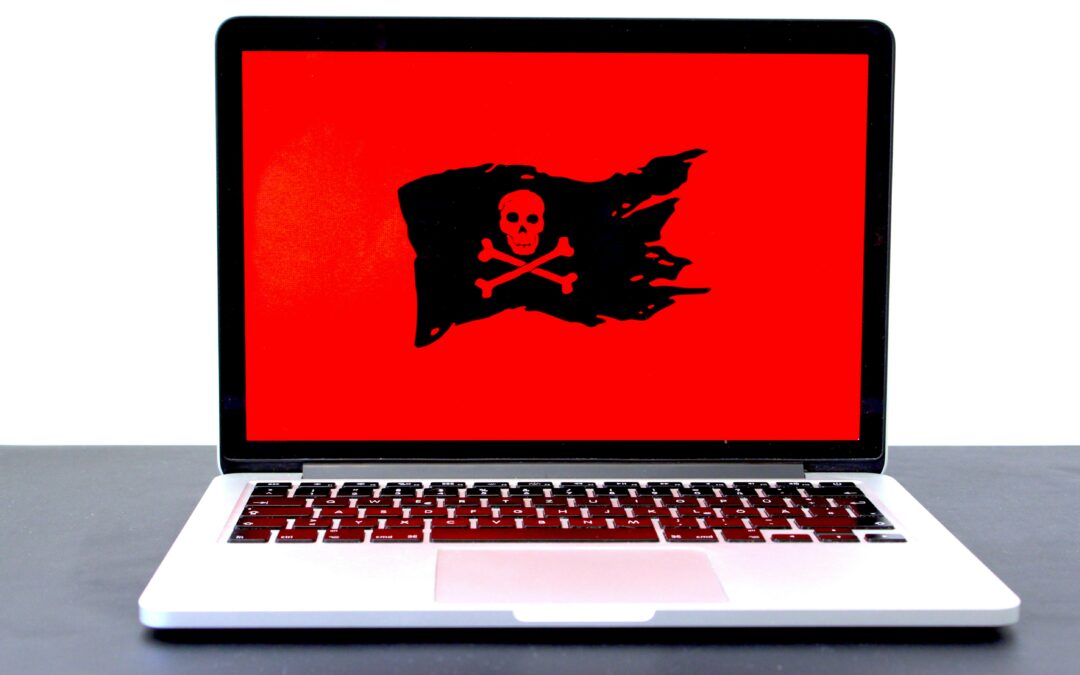The way businesses run has been completely transformed by Software-as-a-Service (SaaS). It provides efficiency, scalability, and convenience. Software dragging between devices is no longer a viable option. In the cloud, collaboration is simple for everyone.
SaaS does have advantages, but it also has drawbacks. Software and data are more open to attack when they are available online. Ransomware is one of the newest threats to migrate from endpoint devices to the cloud.
Attacking PCs, servers, and mobile devices, ransomware has been around for a while. However, there has been a concerning increase in SaaS ransomware attacks lately.
SaaS attacks reached a peak of over 300% between March and May of 2023. According to a 2022 Odaseva study, 51% of ransomware attacks targeted cloud-based storage (SaaS) data.
We’ll examine what SaaS ransomware is and the dangers it presents in this post. Most importantly, though, is how to counter it.
What is SaaS Ransomware?
Cloud ransomware is another name for SaaS ransomware. This malicious code is intended to attack cloud-based services and apps. These consist of cloud collaboration platforms and services such as Microsoft 365, Google Workspace, and others.
Attackers take advantage of holes in these cloud-based systems. Next, important data is encrypted by the ransomware. Users are essentially prevented from accessing their own accounts. Cybercriminals are taking over the data. They then demand a ransom, which is frequently paid with cryptocurrency. The decryption key is obtained in return for the ransom.
The Risks of SaaS Ransomware
The cybersecurity landscape becomes more complex as a result of SaaS ransomware. It poses a number of risks to people and businesses.
- Data Loss: The loss of important data is the most pressing concern. You can no longer access the files and apps that are stored on the cloud. This may result in a complete cessation of productivity.
- Reputational Damage: The reputation of your company may be damaged by a successful SaaS ransomware attack. Partners and customers might stop believing that you can protect their information. This could harm the perception of your brand.
- Financial Impact: Data recovery is not a given when the ransom is paid. It might inspire assailants to go after you once more. Moreover, recovery efforts and downtime can come at a high cost.
Defending Against SaaS Ransomware
As they say, it’s better to prevent than to treat. The secret to preventing SaaS ransomware is to be proactive with defence. These are a few practical methods to defend your company from these attacks.
Educate Your Team
Start by informing your staff members about the dangers of cloud-based ransomware. Describe the ways in which it disseminates via hacked accounts, malicious links, and phishing emails. Instruct them to spot suspicious activity and to report any strange occurrences right away.
Enable Multi-Factor Authentication (MFA)
MFA is a crucial security layer. To access accounts, users must supply an additional authentication method. This is frequently a one-time code that is texted to their phone. The possibility of unwanted access is decreased by turning on MFA. This holds true even in the event that a hacker gains access to an account’s login details.
Regular Backups
It’s important to regularly backup your SaaS data. You still have access to your data in the event of a ransomware attack. You can restore your files if you have current backups. You won’t have to comply with the attacker’s demands for ransom.
Apply the Principle of Least Privilege
User permissions should only be granted for essential functions. Adhere to the least privilege principle. This entails granting users the minimal privilege required for their position. By doing this, you lessen the possible harm an intruder could cause should they manage to get access.
Keep Software Up to Date
Make sure all software, including operating systems and SaaS apps, are kept up to date. The most recent security patches should be installed on them. Frequent updates fortify your defences and patch known vulnerabilities.
Deploy Advanced Security Solutions
Think about utilising outside security programmes designed specifically to safeguard SaaS environments. There are numerous advantages to these solutions. Including:
- Detecting threats in real time
- Preventing data loss
- And additional cutting-edge security measures
Track Account Activity
Implement thorough network traffic and user activity monitoring. Unusual conduct may serve as precursors to an assault. A warning sign to look out for is multiple unsuccessful login attempts. Access from odd places is another.
Develop an Incident Response Plan
Create and run a plan for responding to incidents. It should indicate what to do in the case of a ransomware attack. An incident can be lessened in impact with a well-coordinated response. It may also facilitate a quicker recovery. The quicker your team reacts, the quicker operations return to normal.
Don’t Leave Your Cloud Data Unprotected!
SaaS ransomware poses a serious risk to cybersecurity. An effective offence is the best defence. Do you need help assembling one?
Our team of experts can assist you in avoiding the cyberthreats that exist in the online environment.
We here at Bespoke encourage you to take a look at our Cyber Security Culture Workshop to help strengthen your defences against cyber crimes 🛡️ Check it out here




